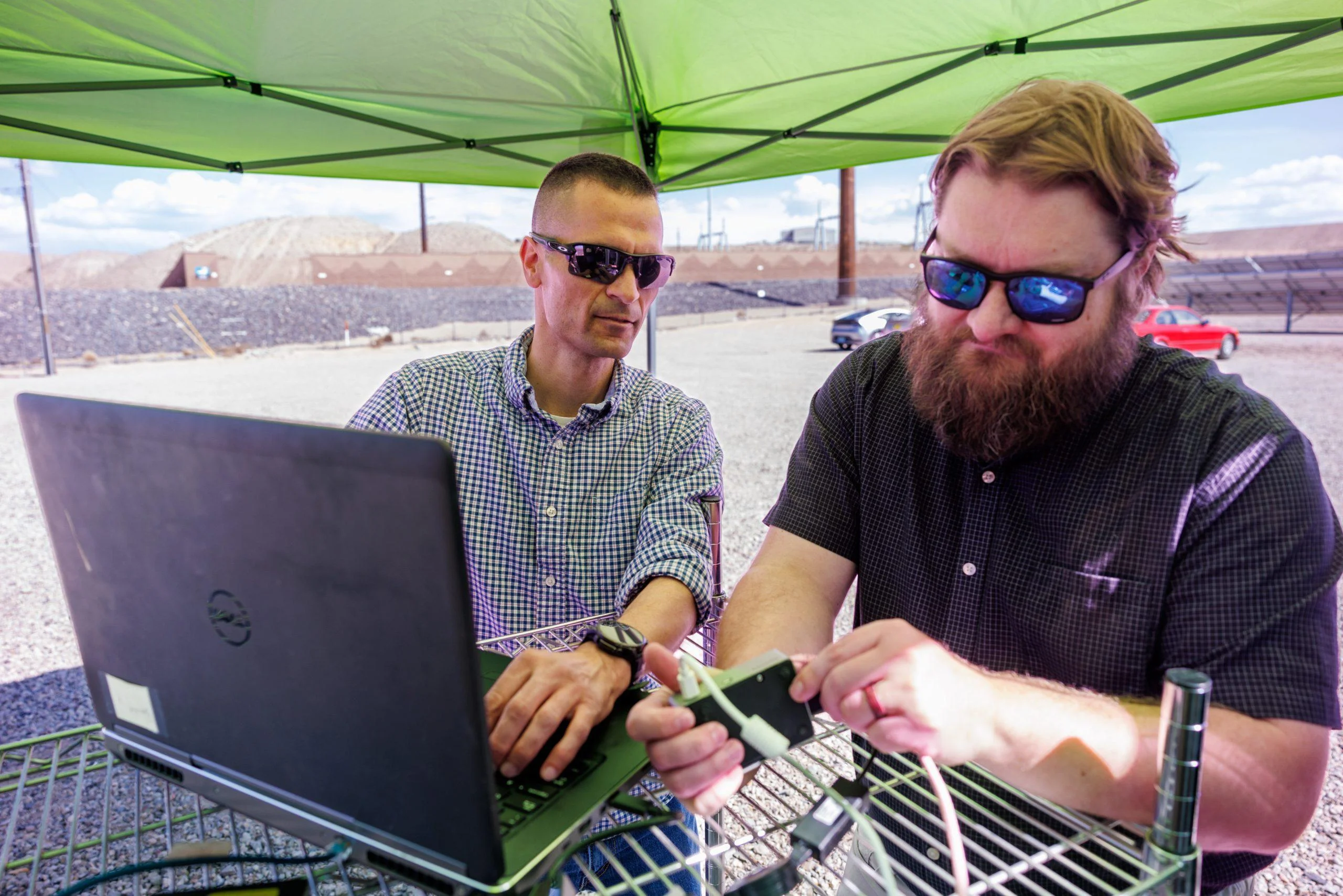Sandia National Laboratories has developed a neural network AI designed to enhance the security of the electric grid. This technology aims to detect both physical issues and cyberattacks, potentially safeguarding essential services from disruptions caused by severe weather or malicious activities.
The neural network can operate on cost-effective single-board computers or existing smart grid devices, allowing for broad deployment. Shamina Hossain-McKenzie, a cybersecurity expert leading the project, emphasized the importance of maintaining grid reliability amidst increasing disturbances. "Our technology will allow operators to detect any issues faster so that they can mitigate them faster with AI," she said.
As the grid incorporates more smart controls, it becomes more vulnerable to cyber-physical attacks, which exploit communications networks to disrupt physical systems like the electric grid. Adrian Chavez, another cybersecurity expert involved in the project, highlighted that the neural network could protect both older and newer equipment lacking cyber-physical coordination.
The AI package functions at multiple levels: locally monitoring specific devices, sharing data within networks at an enclave level, and providing alerts across different systems globally while protecting proprietary information. Sandia collaborated with Texas A&M University to develop secure communication methods between grids owned by different companies.
Logan Blakely, who led the development of AI components, noted that combining continuous physical data with sporadic cyber data was challenging. The team used data fusion techniques and an autoencoder neural network to classify combined data for abnormalities without needing extensive issue-specific training data.
Testing included emulation environments and hardware-in-the-loop setups using single-board computer prototypes. Sandia is working with Sierra Nevada Corporation to test its AI on existing cybersecurity devices like Binary Armor.
Field tests are underway at Public Service Company of New Mexico’s Prosperity solar farm under a Cooperative Research and Development Agreement. These efforts build upon a previous R&D 100 Award-winning project focused on detecting cyber intrusions in smart inverters.
Sandia is seeking corporate partners for real-world deployment of this technology, which could eventually extend protection to other critical infrastructure systems such as water and natural gas distribution networks.
The project is funded by Sandia's Laboratory Directed Research and Development program.
Information from this article can be found here.








